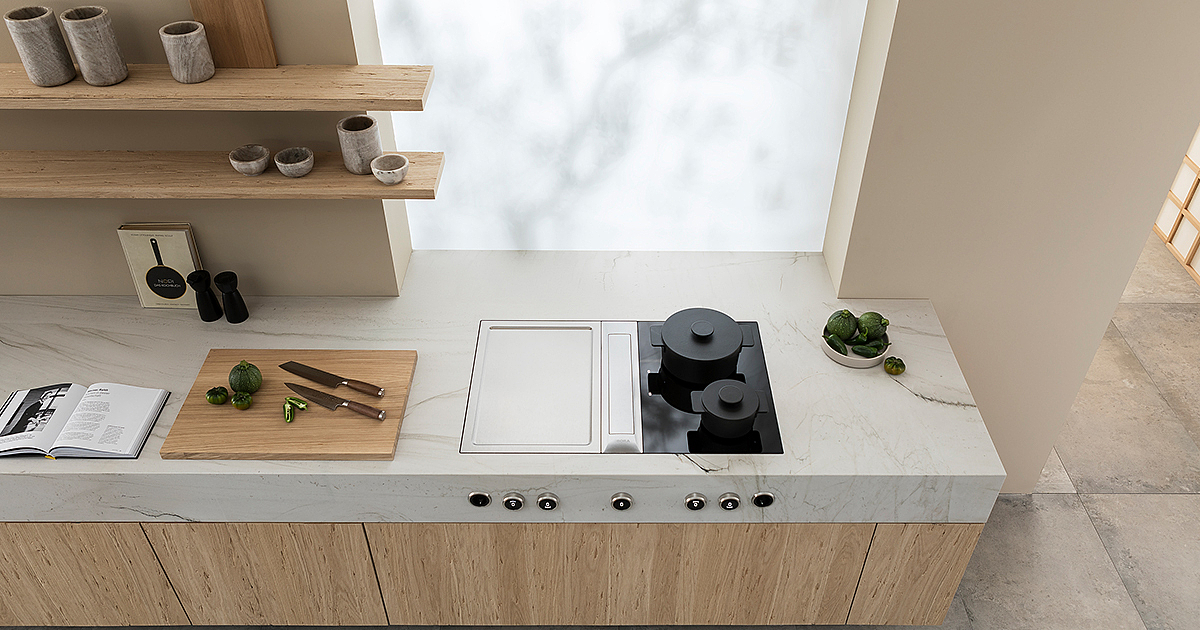- Joined
- Sep 10, 2003
- Messages
- 9,598
Has anyone converted from gas to induction cooktop? If so, are you pleased with the change. Pros & cons please. I'm aware that you need iron or other magnetic pots and pans. I don't know how old the Jenn-Air gas cooktop is but was here when we bought the house 15 years ago. I call it The Beast. It's difficult to clean, showing its years, and replacement parts are near impossible to find. I want something easier to clean. I'm not a fan of electric ranges so thought induction might be a good option. Pic of The Beast. Just took it apart and cleaned it this morning. Don't ever want to do that again.







300x240.png)